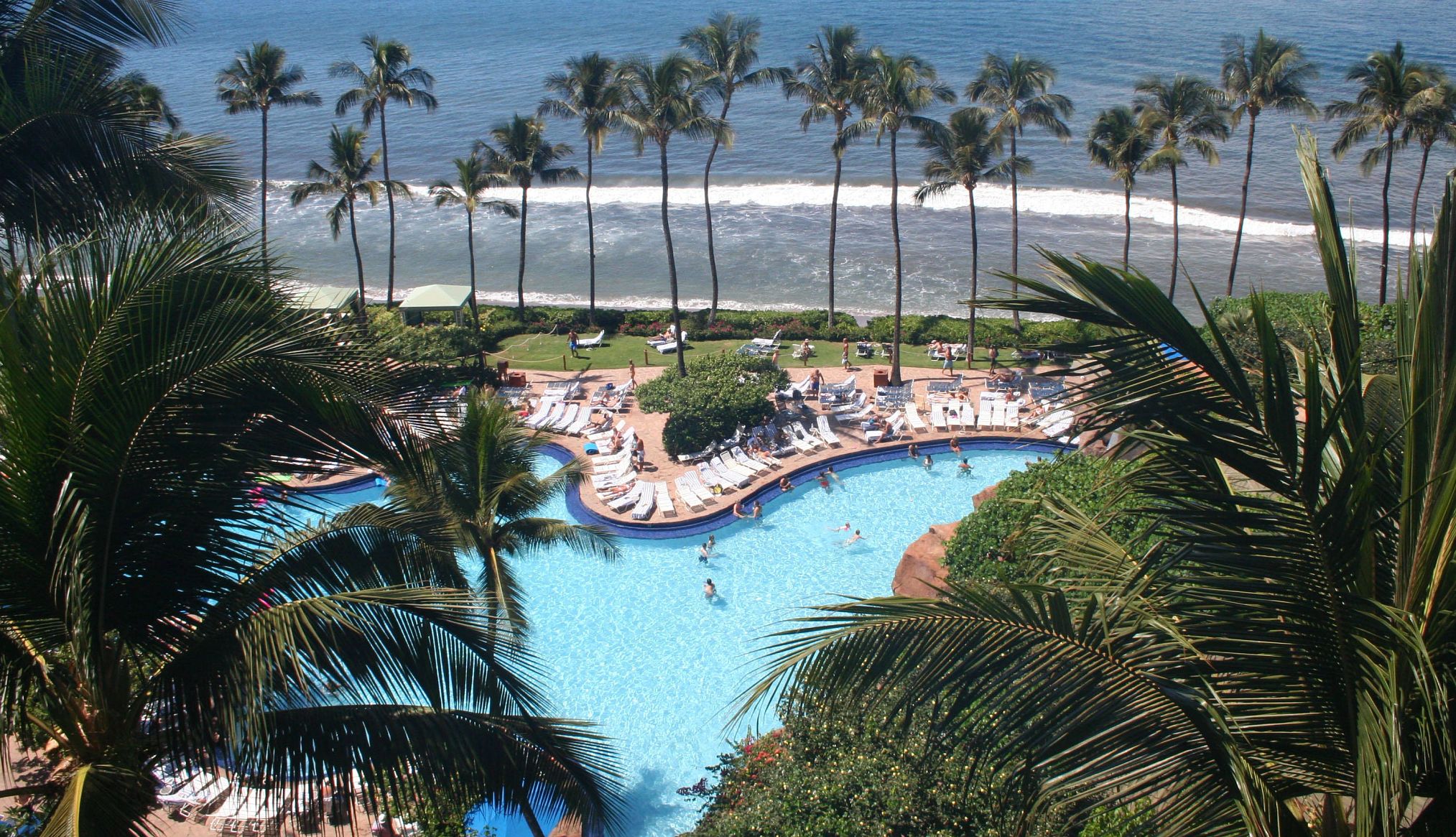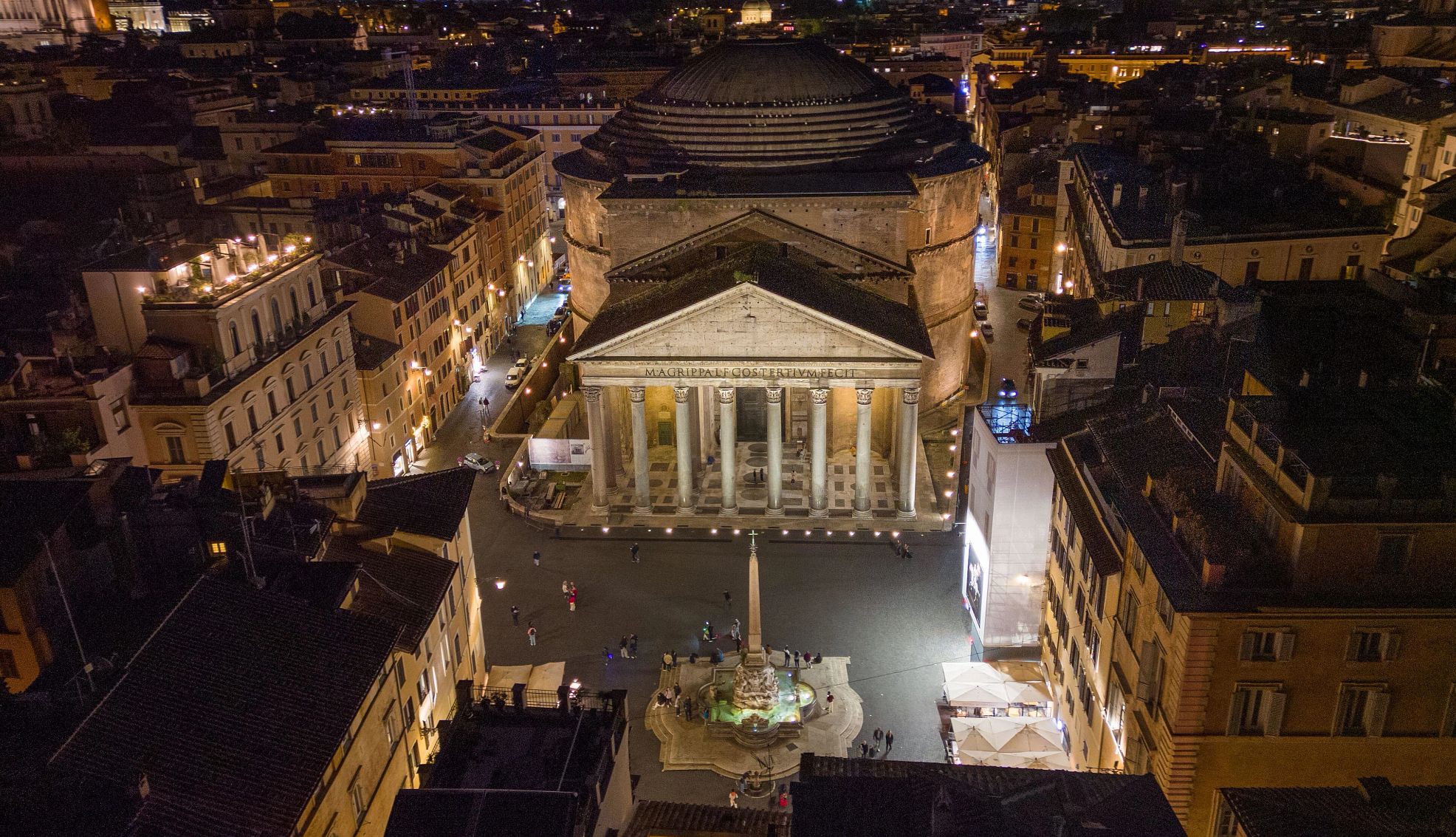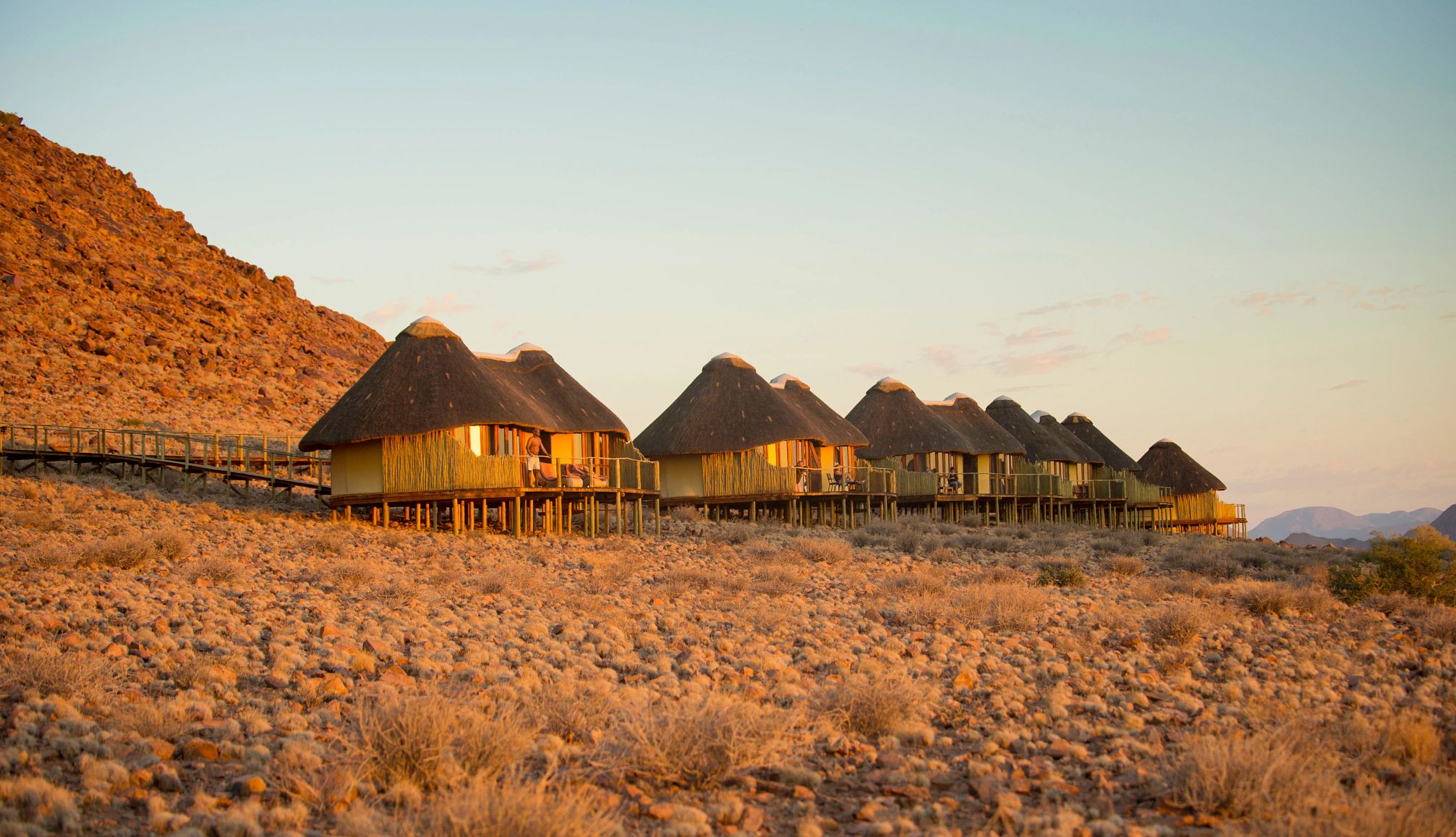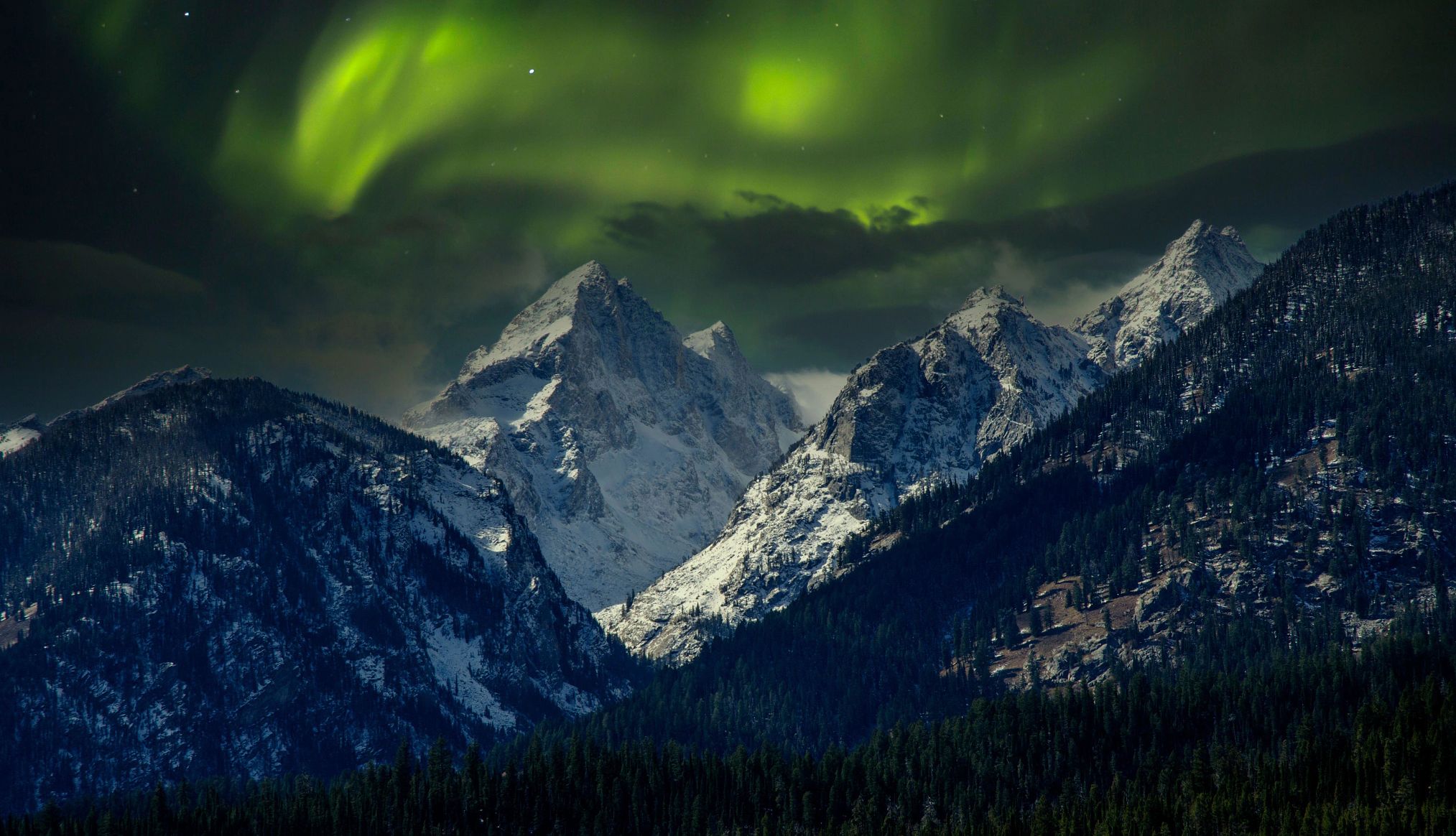AARP Hearing Center
Interest in astrotourism is skyrocketing, travel industry experts say, after the world experienced rare, dramatic northern lights displays and a total solar eclipse in 2024. Travelers have an increased desire to see celestial events for themselves.
However, for a third of the world’s population, the ability to see the Milky Way and get a clear view of the sky from their home has nearly vanished. In the United States, the problem is profound. Because of light pollution, 80 percent of North Americans can’t see the Milky Way from their backyards. Many have a hard time seeing all but the brightest stars if they can see any stars at all.
That means most Americans need to travel to see the night sky at its best. For older people planning international bucket list trips (about 24 percent of respondents in AARP’s 2024 Travel Trends survey), getting a clear view of the sky might be a priority. “Many older travelers who have ‘been there, done that’ may not have seen the northern lights, an eclipse or truly dark skies,” says Michael Raucheisen, communications manager for Icelandair.
Eyrún Aníta Gylfadóttir, the marketing manager for Hotel Rangá in Iceland, says there’s been more demand recently for the hotel’s stargazing sessions. Gylfadóttir reports a “massive increase” in bookings for another bucket list item, seeing the total solar eclipse in 2026, which will be visible from Iceland.
Not all astrotourism is created equally. Graeme Labe, managing partner at Luxury Frontiers, a design firm specializing in immersive ecotourism, says his clients have expressed “growing interest in immersive night sky experiences.”
“Travelers are seeking remote destinations where they can experience pristine, star-filled skies and truly dark nights,” he says. For the best views, Labe recommends locations where “natural conditions minimize light and noise pollution, enhancing immersive dark sky experiences.”
Not everyone will be able to travel to an ideal astrotourism location, but around the world, diverse programs are popping up to meet the demand. There are plenty of opportunities to dive into the mysteries of the skies such as celestial-themed walking tours in Rome, astrophotography lessons in the South Pacific, and sleepovers in Africa beneath one of the darkest skies in the world.





































































